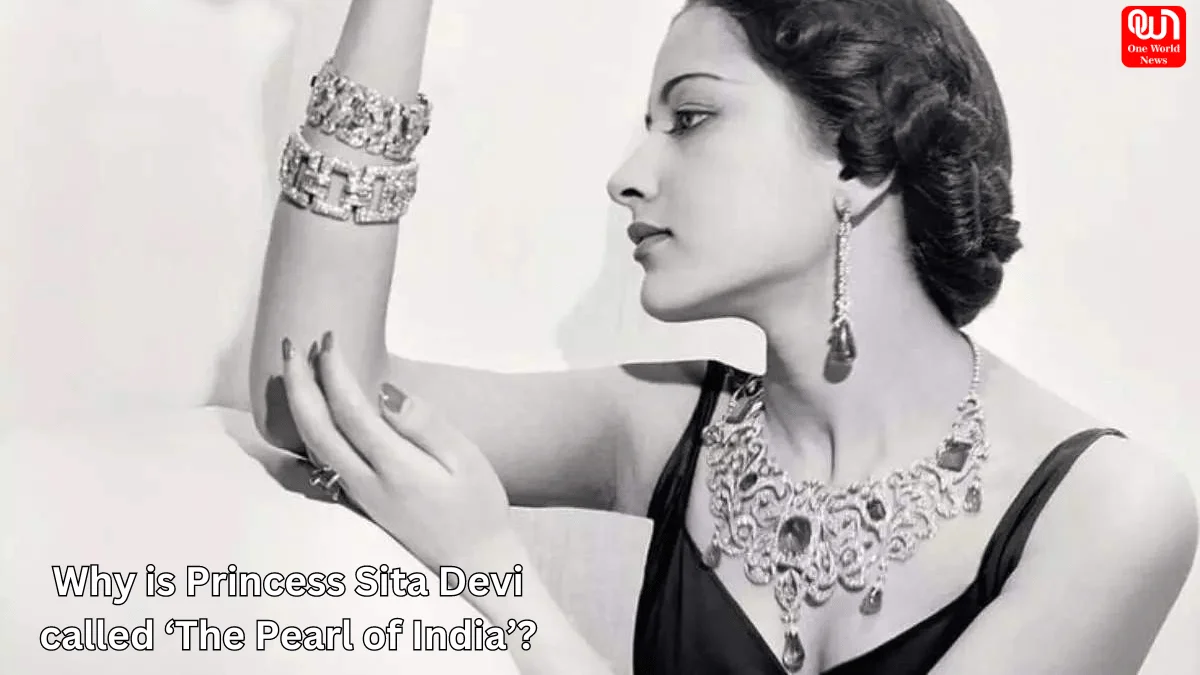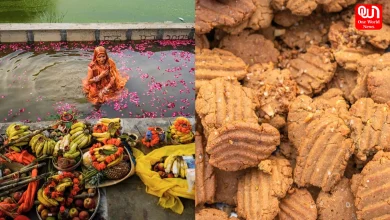Why Princess Sita Devi Is Revered as ‘The Pearl of India’
Princess Sita Devi, often called the "Pearl of India," enthralled the European nobility with her grace and fashion sense.
Why is Princess Sita Devi called ‘The Pearl of India?
Few people in the fashion history are as mysterious and powerful as Princess Sita Devi, who is frequently referred to as the “Pearl of India.” She was a fashion icon of her era, setting trends with her stylish choices after being thrown into the spotlight due to her royal birth. Her impact extends beyond the clothing she donned; it also includes the bridge she erected between East and West cultures. Her elegant style, which fused European modernism with Indian royal history, made her a fascinating and iconic figure. Even if her life story is veiled in the glitz of the past, her impact is still a fascinating part of fashion history.
Read More – Be Inspired By These Summer Fashion Trends 2024
Early Life –
Born into the Hindu Rajput royal family of Kashipur in 1915, Princess Sita Devi of Kapurthala set out on an amazing journey when she married Prince Karamjit Singh of Kapurthala at the age of 13. The European elite was enthralled by Princess Karam, sometimes known as the “Pearl of India,” because of her grace and charm. She was also taught a variety of courses at her request and spoke five languages fluently. She was thrust into the exclusive circles of high society and fashion as a result of her union, and she soon gained recognition as an iconic figure.
Read More – Beat Summer With Style ! 5 Must Have Fashion Items For This Summer
Vogue Star
Her transcendent appeal and great fashion sense led Vogue to laud her as a “secular goddess” at the age of 19. She had an international impact, capturing the interest of Italian designer Elsa Schiaparelli, who named her 1935 collection after the princess after being so moved by her sarees. This collection was an homage to the Indian traditional clothing, reinterpreted with European haute couture in mind. Schiaparelli’s designs succeeded in merging the avant-garde spirit of the era with the fluidity and beauty of the saree, so linking two disparate cultural aesthetics.
Like this post?
Register at One World News to never miss out on videos, celeb interviews, and best reads.








